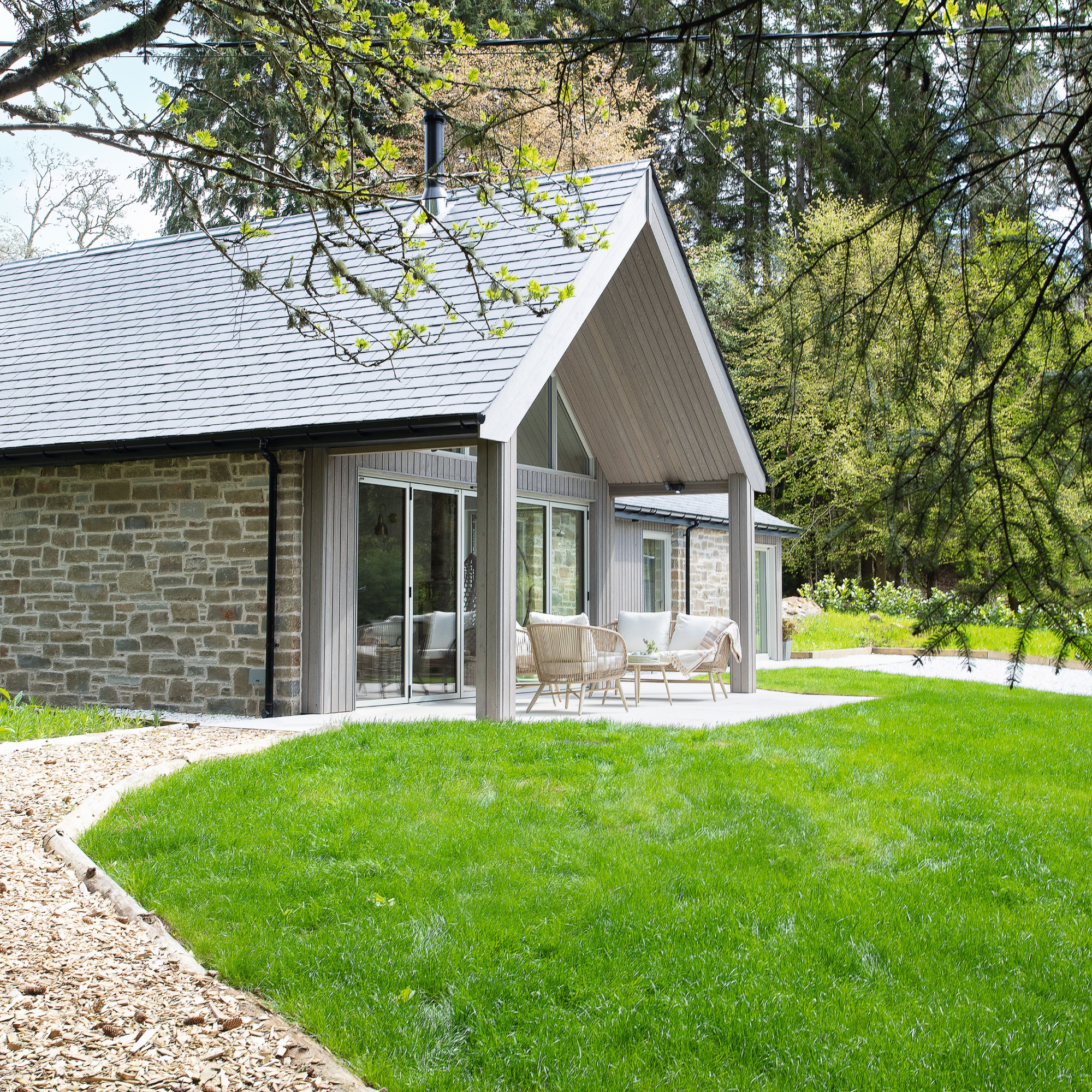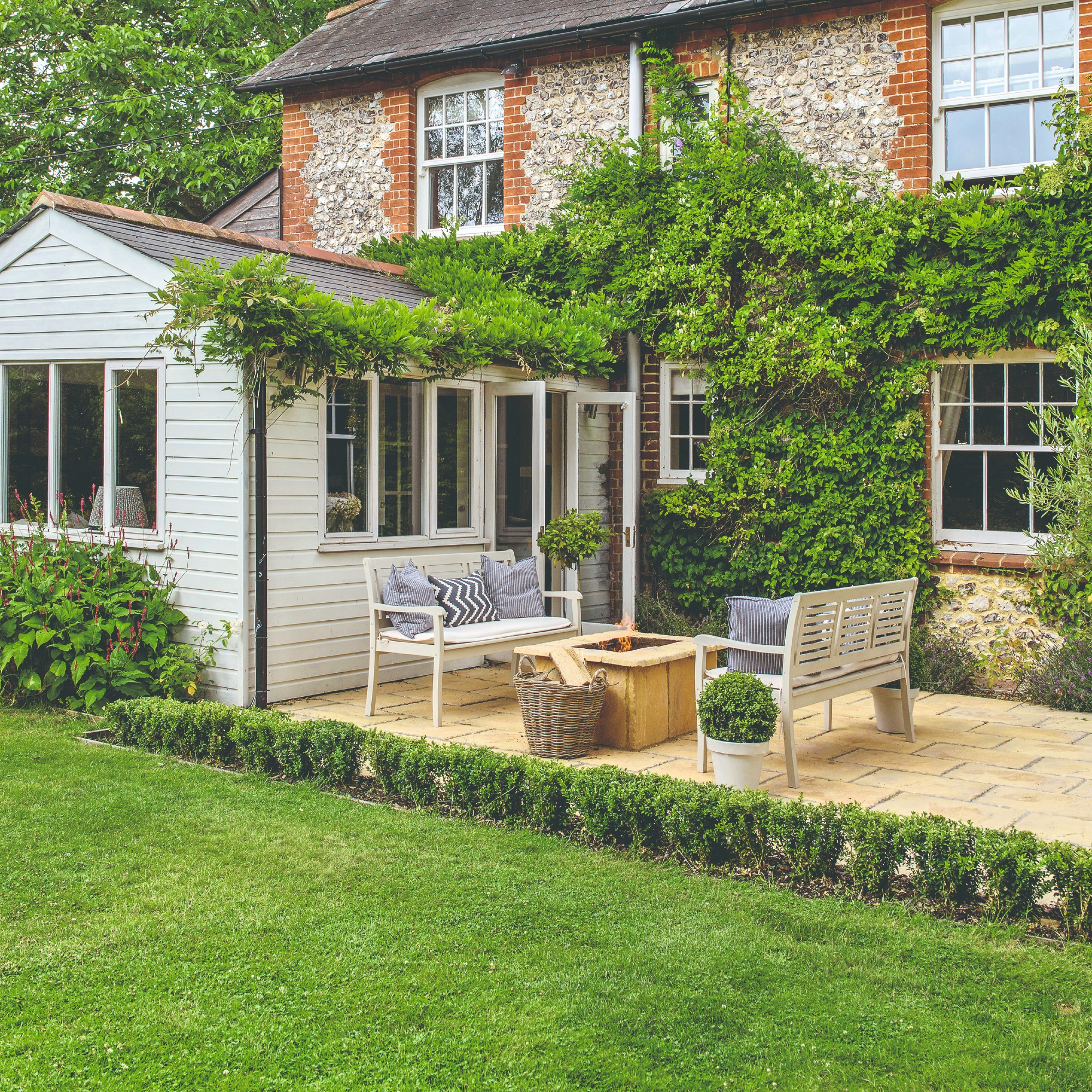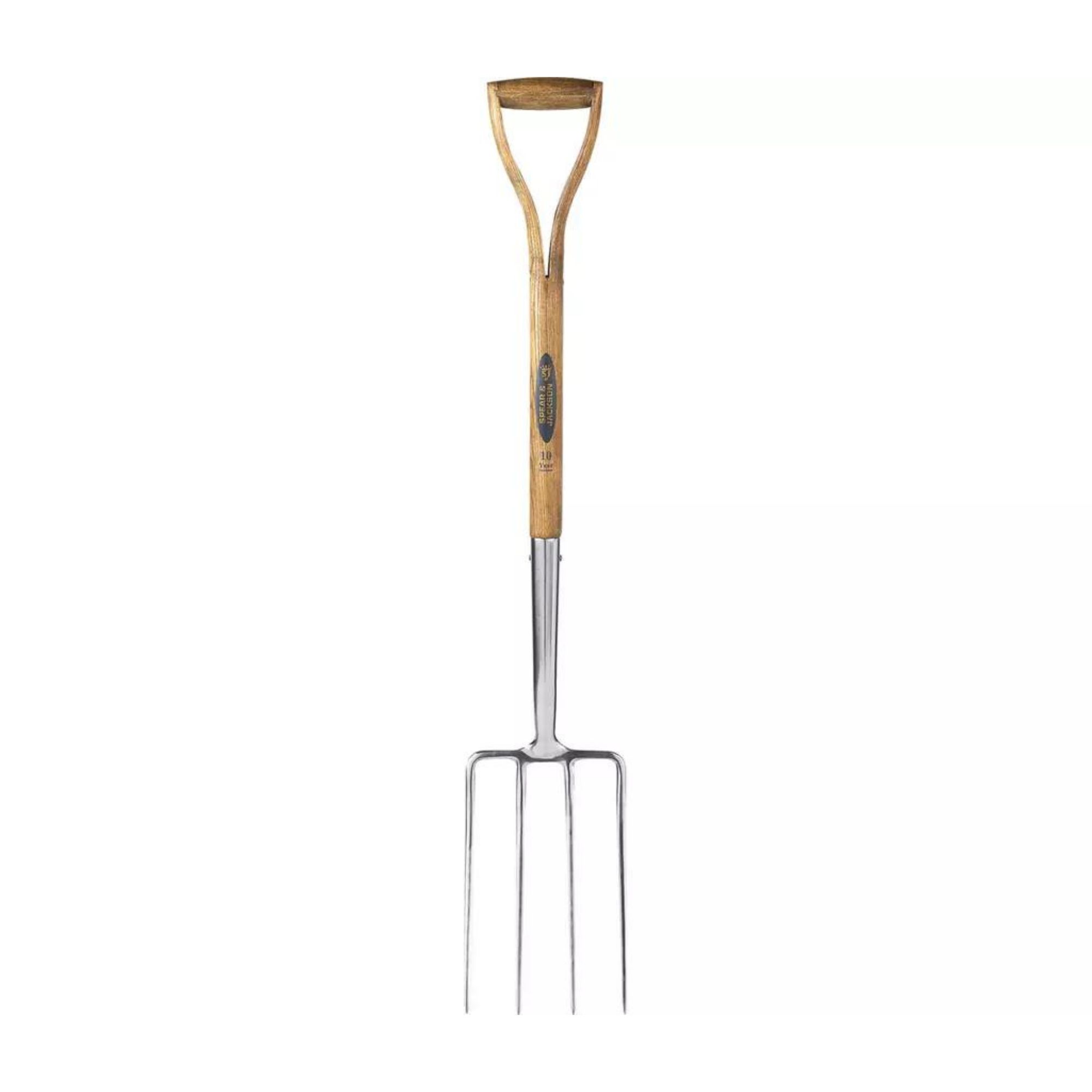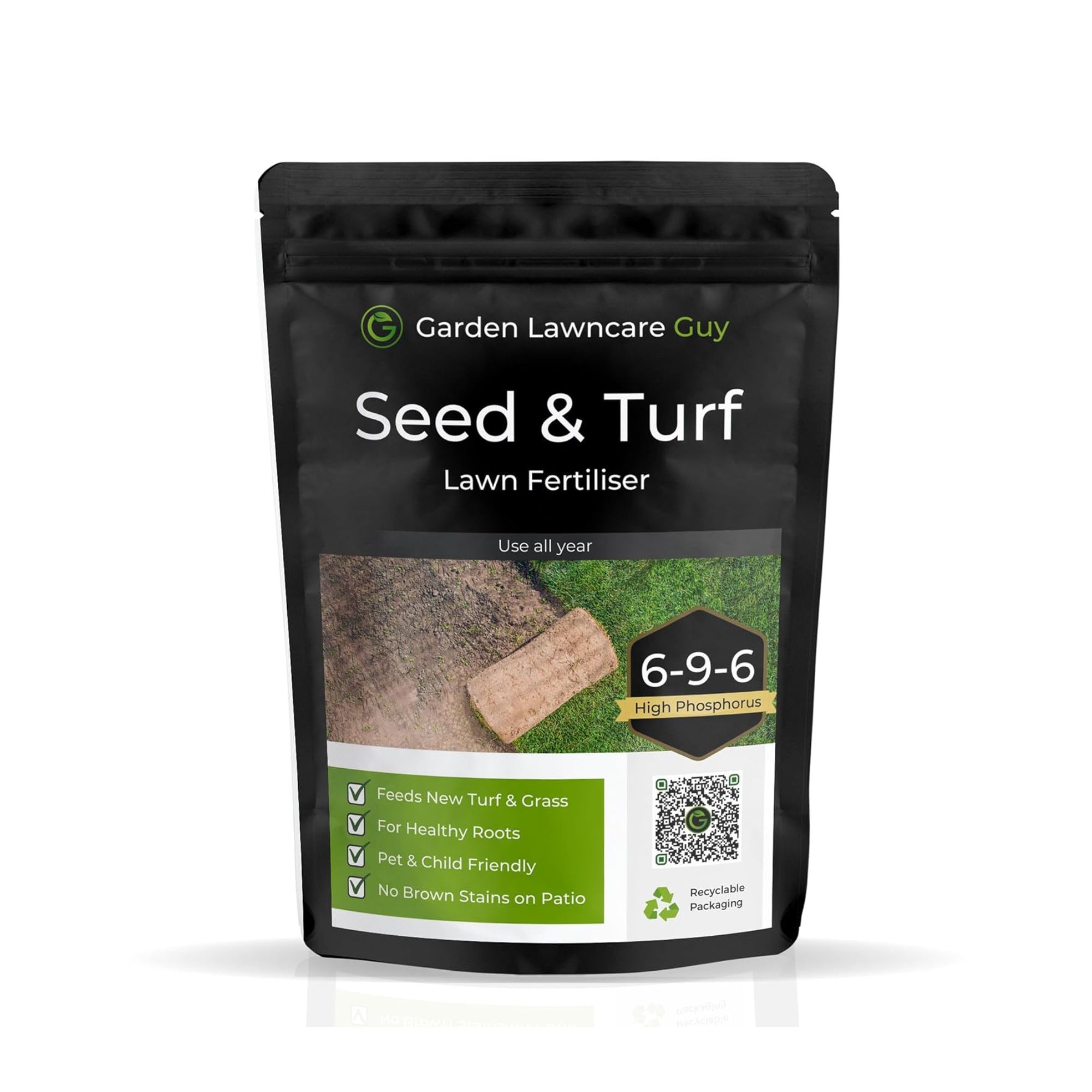When to lay turf - Experts reveal the perfect time to give fresh turf the best chance of success
Choose the wrong time and you won’t get the results you’re after


If you’re wondering when to lay turf, you're right to want to get the timing just right, one wrong move could waste your money and your time.
One of the best lawn care tips we can give you is knowing when to lay turf. If you choose the wrong time, the turf may not have the chance to establish itself and you may find yourself back at square one. But if you choose the right time, you’ll reap the rewards in no time
Sure, you could sow grass seed and wait weeks for the seed to work its magic, but laying fresh turf is one of the easiest ways to bring a brand-new lawn idea to life. Within hours, you can completely overhaul your garden and benefit from a whole new lawn, and it’s fairly affordable, too. You just have to choose the right time to do it.
When to lay turf
Realistically, you can lay turf at any time of the year if you really want to. However, your rates of success will change depending on the weather at the time.
In fact, David Hedges Gower, Chair of The Lawn Association, says, ‘Aside from extreme wetness, snow, or frost, there's hardly a bad time to turf. It all comes down to various factors determining when and how much care you'll need to invest.’
For that reason, most experts suggest laying turf during the spring and autumn months. This will ensure mild temperatures and light rainy days to help the new turf establish roots before the seasons change and the turf is exposed to harsh summer temperatures and winter frosts.

John Clifford, gardening expert at Gardenstone, prefers to lay turf in spring. He says, ‘Laying turf in spring is ideal as the ground is soft and will have moisture (but not too much).'
Sign up to our newsletter for style inspiration, real homes, project and garden advice and shopping know-how
‘You will need to keep on top of watering your turf in spring, although it's unlikely that it'll ever dry out as temperatures aren't that hot just yet. Wait 3 weeks at least before mowing your new turf in spring, but then you're ready to treat it as a usual lawn.’
This means that you have a pretty wide window in your lawn care calendar to lay new turf and transform your garden. And while it can be enticing to gift yourself a new lawn during the summer months, you should aim to avoid laying turf in summer at all costs.
David says, ‘Warmer, drier conditions mean turf can dry out very quickly, requiring regular intervention to keep it hydrated.’ Not only will this wreak havoc on your water bill, but you also run the risk of buying turf that’s already dry and damaged by the time you get it home. Because of this, it may look a little worse for wear and struggle to take root.

By that same token, you should also avoid laying turf during the winter months if you can. John explains, ‘Laying turf in winter will provide more groundwork prior to laying the turf as the ground is much harder. You will also need to be wary of freezing conditions, and aware that the turf won't grow until temperatures are 5C and above consistently.’
If the ground is frozen, the roots will struggle to establish and knit themselves together in their new environment. It’s not always possible to buy turf during the frozen winter months, either, so there’s just no point.
However, it’s important to note that you can lay turf in winter if you can guarantee that the ground isn’t frozen. Some experts even swear by it to allow for the turf to settle and root itself before the spring season.

John Clifford is a director of Gardenstone, a leading garden landscaping retailer based in the UK. With over 30 years in the gardening industry and continual work alongside The National Trust, John has amassed an extensive range of gardening and planting knowledge. Alongside his younger son, John has built a strong reputation for Gardenstone as a trusted source for both high-quality garden products and expert gardening advice.
What you’ll need
FAQs
What month should you lay turf?
Generally, you can lay turf throughout at any time of the year, but it’s best to avoid the cold winter months as your chances of success will be slim. Instead, you should focus on laying turf during the spring or autumn months when the temperatures are mild, and the rain will help the new turf to establish itself.
What do you put on the ground before laying turf?
Although you can lay turf on top of old grass, it’s always more effective to strip back the old lawn and start afresh with a soil base. As long as you have a flat base of soil, you’re ready to lay the turf.
If you wanted to, you could add a soil improver or pre-turfing fertiliser to the soil to give your new turf the best chance of success. However, this isn’t always necessary.
Can you just lay turf on top of soil?
Yes, you can just lay turf on top of the soil. For best results, you should clear the soil of any stones, weeds or debris before turning it over with a garden fork.
Then, all you need to do is rake the soil to create a level base for the turf to go on top of.
So, laying turf in spring or autumn is best, but the rules are pretty loose. For the most part, you just need to avoid laying turf when the ground is waterlogged, frozen, or too dry.

Lauren Bradbury has been the Content Editor for the House Manual section since January 2025 but worked with the team as a freelancer for a year and a half before that. She graduated with a Bachelor’s degree in English and Creative Writing from the University of Chichester in 2016. Then, she dipped her toe into the world of content writing, primarily focusing on home content. After years of agency work, she decided to take the plunge and become a full-time freelancer for online publications, including Real Homes and Ideal Home, before taking on this permanent role. Now, she spends her days searching for the best decluttering and cleaning hacks and creating handy how-to guides for homeowners and renters alike, as well as testing vacuums as part of her role as the Ideal Home Certified Expert in Training on Vacuums, having spent over 110 hours testing different vacuum models to date!


